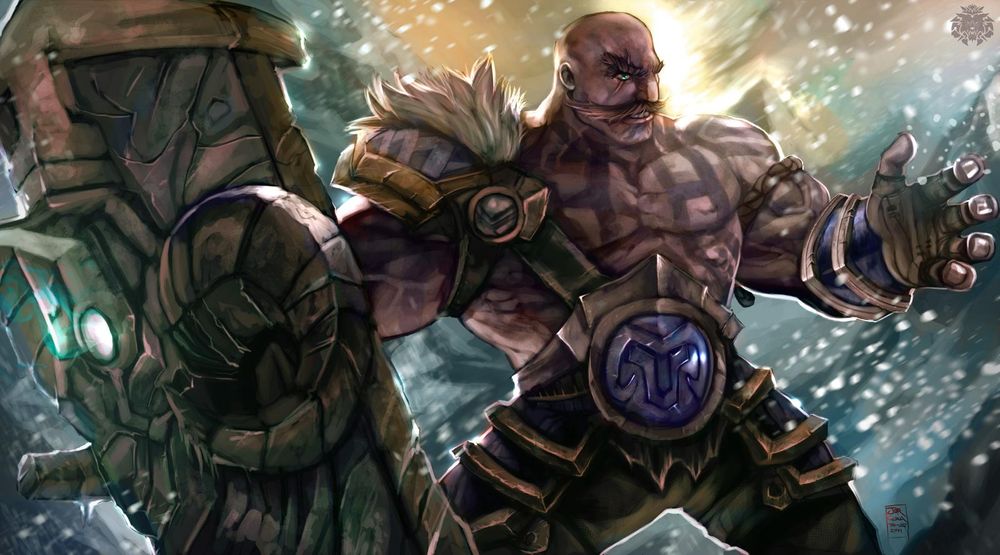League of Legends Runes Guide
One hundred fifteen million players enjoy League of Legends, a multiplayer online battle arena from the developers of Riot Games. With over 140 champions to choose from, the game boasts diverse team-based games with endless strategies. The best way to play a champion is to figure out which runes to customize them. These increase a champion’s statistics and abilities. When you start in a lobby and select your champion, you must choose the main Keystone Rune and five other Secondary Runes. Each rune has five tree categories, known as Paths. Each of them offers different playstyles:
- Precision - improves attacks with sustainable damage
- Domination - burst damages with target access
- Sorcery - empowers abilities with resource manipulation
- Resolve - durability with crowd control
- Inspiration - creative tools with rule bends
Focus on the playstyle you prefer. A successful game depends on which champion you choose, what runes you use, and your role on the team. Keep in mind you can only edit your primary rune path at Level 13, while you unlock all the runes a few levels later.
For aggressive builds, bruiser champions run well with Precision. The path’s keystone runes generally focus on attack bonuses after consecutive hits, such as Press the Attack and Lethal Tempo. Other keystone runes focus on stacks that grant bonus damage, such as Conqueror and Fleet Footwork.
Most secondary runes of Precision add bonus effects after takedowns, such as Alacrity, Tenacity, and Bloodline. Domination also works well, since its keystone rune relies on damage with special effects. Electrocute and Hail of Blades are prime examples, as they increase stats for every three hits your champion gives. The Domination path branches focus on ward kills and takedowns, which provide permanent abilities or summon allies.
Defensive builds are reliable with the Resolve path since it requires durability. Aftershock is a good keystone option for bulky champions since it gains defense for every enemy you immobilize, which also adds adaptive damage. Guardian is a more defensive play, as it protects your allies after every spell you cast on them. Grasp of the Undying suits itself for proactive champions on the attack, as every four seconds your next hit increases health. The Resolve path also has useful secondary runes for defensive purposes, with most that provide health and stat boosts like Second Wind, Bone Plating, and Revitalize.
Both the Sorcery and Inspiration paths are solid choices for support units. The former uses resources to their advantage while the latter is versatile. Sorcery keystone runes focus on damage with long-range effects, such as Summon Aery and Arcane Comet. The secondary runes provide defensive magic shields, movement speed, and mainly boosts attack damage, ability power, and mana. Inspiration centers around monetary funds and unique tools. For example, the keystone rune Kleptomancy grants bonus gold, while secondary runes such as Future’s Market let you enter debt to buy items.
Final Remarks
Each game is unique due to the sheer amount of champions, playstyles, and rune customization paths. The amount of replay-ability is high as a result. Experimentation is critical when you try out different strategies. It takes time, but ultimately once you master the rune system, your champion is sure to be strong.
